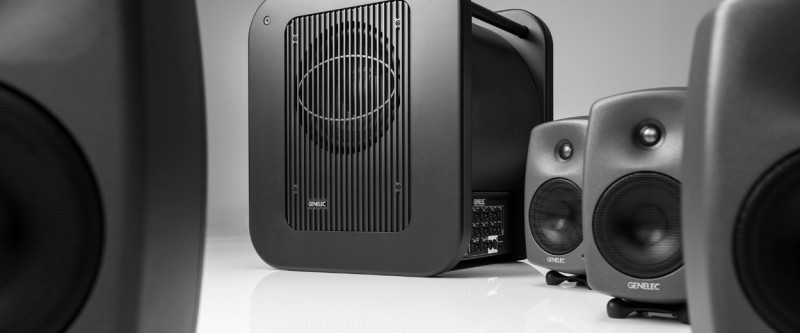It's not the SPL that's the main concern, it's the distribution of excitement of room modes below the Schroeder frequency (~200-300Hz depending on room size), where the frequency response is dominated by the room, not the speaker. In any given room, if you place a single speaker or a stereo pair in it, it really doesn't matter what the speaker's frequency response is below 200Hz, as the room response deviates by +-10dB or more.
The only way to combat this is to add more bass sources. The research suggests 4 bass sources is good, and adding more doesn't help much after that. So two floorstanders and two subs does the trick. Obviously they have to be spread out a bit and here enters a bit of artistry, as subs run with a high crossover may be too localisable to be moved to ideal spots in the room. In practice it doesn't usually matter all that much where the subs are so long as they're not right next to the main speakers.
There's a whole other midbass problem with speakers pulled out from the wall and with bass drivers high up above the floor, causing front wall and floor cancellations. The Revel floorstanders do it right by putting the bass drivers low down to the floor, and of course so do almost all subwoofers. Speakers should generally be over a meter away from the front wall or right up close to it.
